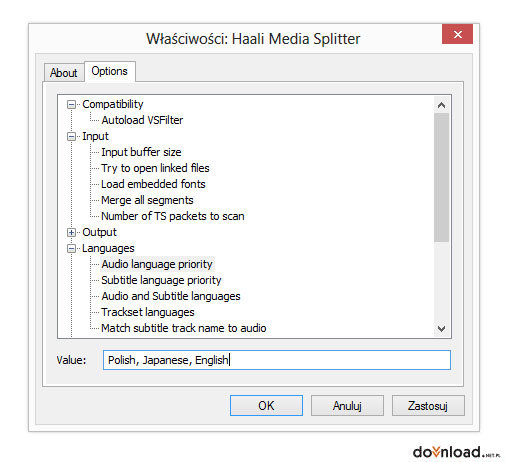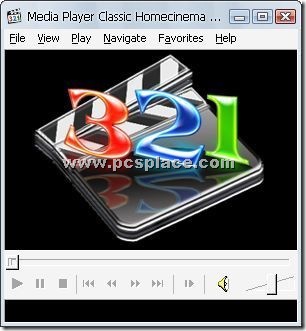
New resources and opportunities appear, but they require time and manpower - something that an open-source community direly lacks. Definitions, requirements and standards constantly change. And there are many other contenders for the #1 spot. This is very prominent with MP4 besides being introduced and curated by Apple, it also got a half-decade head start over Matroska. It will likely be chosen by the user and included in software and hardware. It’s well known that between two different file types, the ubiquitous one is at a massive advantage. Matroska, on the other hand, does not have a marketing campaign. The parent company makes sure that they become known and used - they benefit from marketing and exclusivity. Commercial and patented formats are released into a well-prepared electronic ecosystem. Most of these obstacles are products of our age MKV is competing at a difficult time, against mighty opponents. While Matroska aspires to be "THE standard of multimedia container formats", there have been many obstacles on its way to greatness.

The codecs are also bundled with many other decoders to ensure that the format’s features are fully implemented.

Video players can integrate these codecs to play MKV video if they don’t support it natively. In order to increase its popularity, and make open formats more available, multiple communities have created and uploaded free MKV plugins.

And for its success, the container needs to be extensively used. It may still be in development, but MKV has lofty goals for the final version. It has feature-rich metadata and compatibility with most multimedia codecs, not to mention streaming capability and DVD-like playback features. MKV is an open format, and it’s being developed by the community. Containers are also useful to humans, holding info such as titles, release dates and licensing information. It’s simply an identifier for the encoded data inside. It can carry an infinite amount of data streams - mainly, audio and video.


 0 kommentar(er)
0 kommentar(er)
